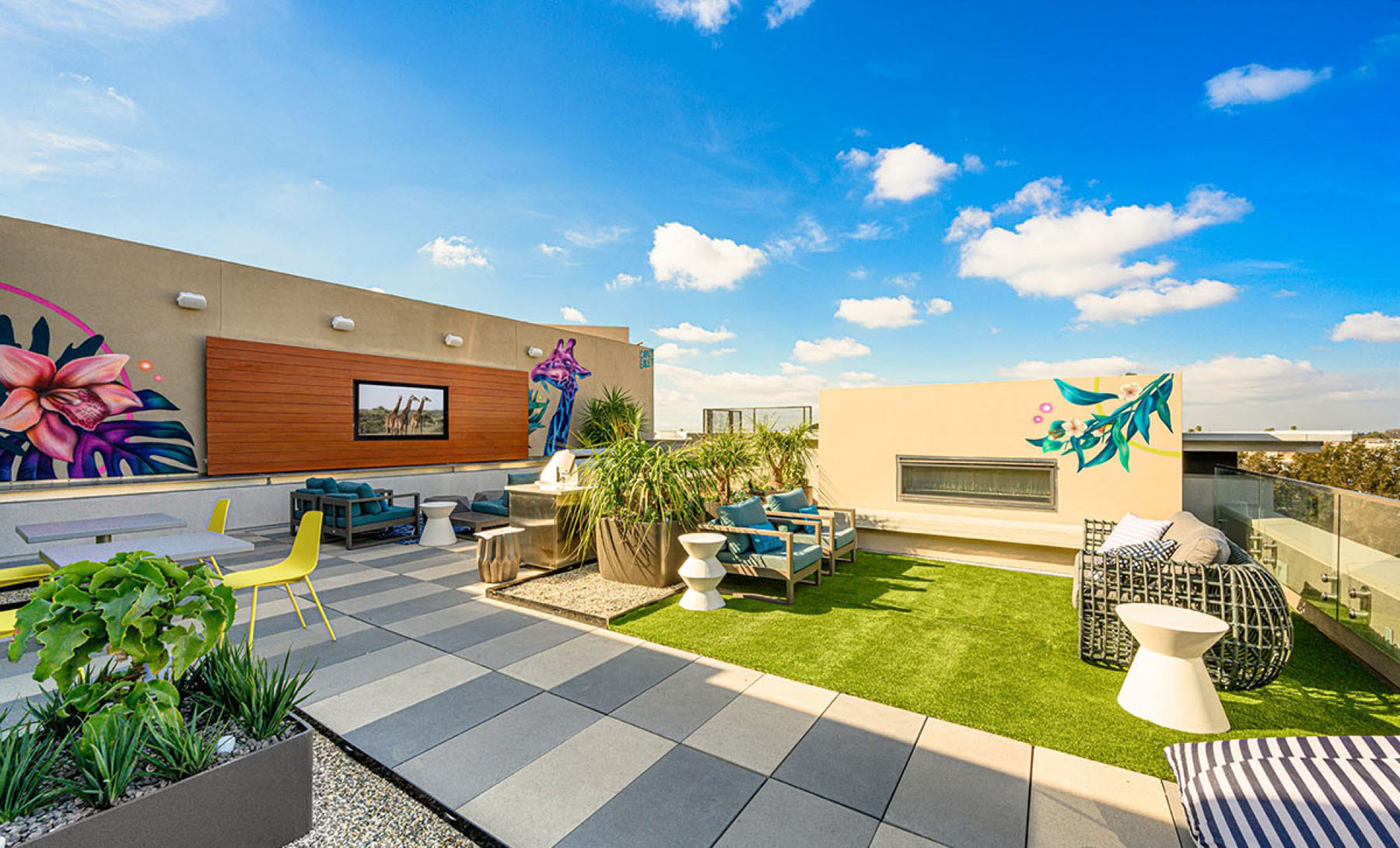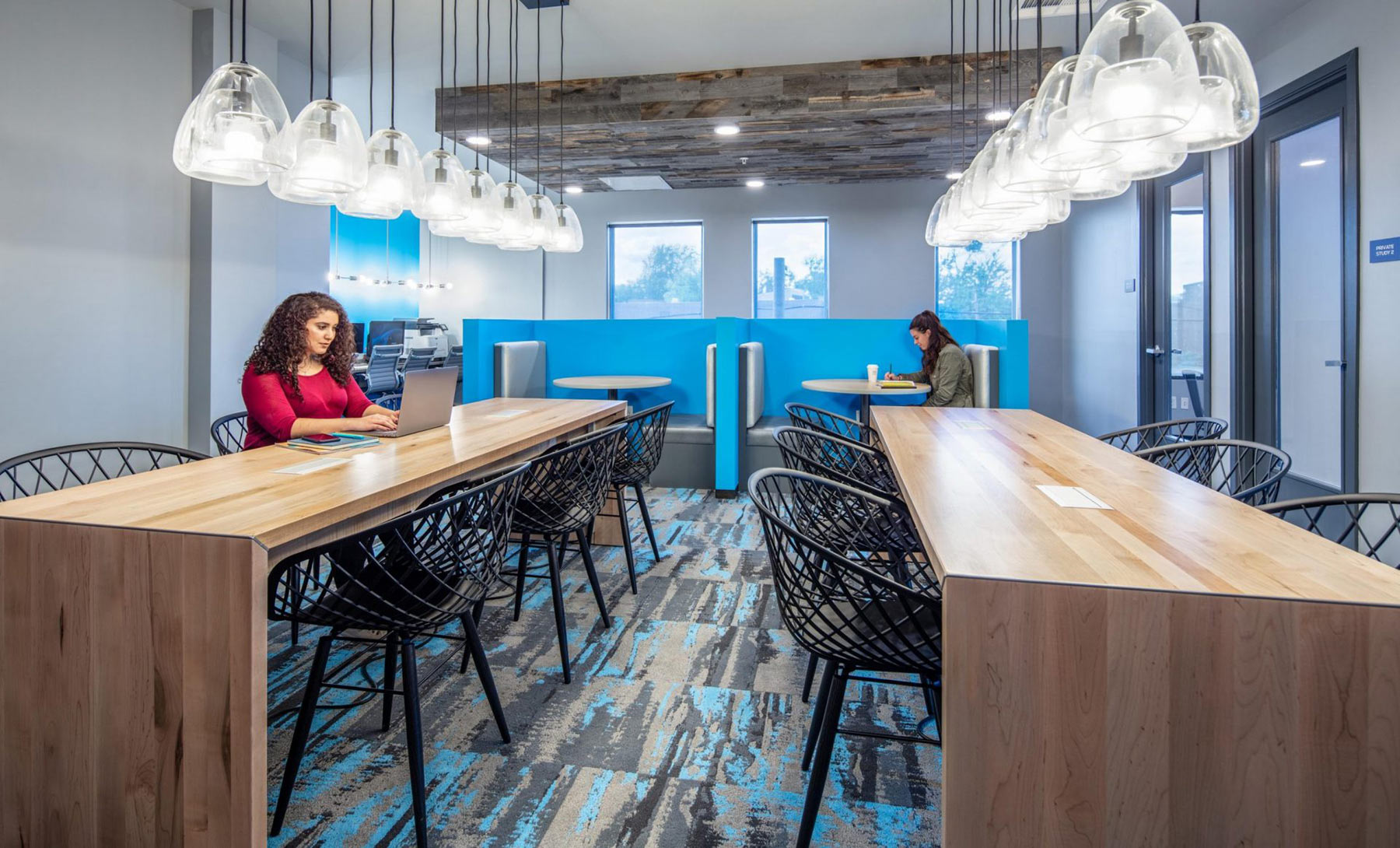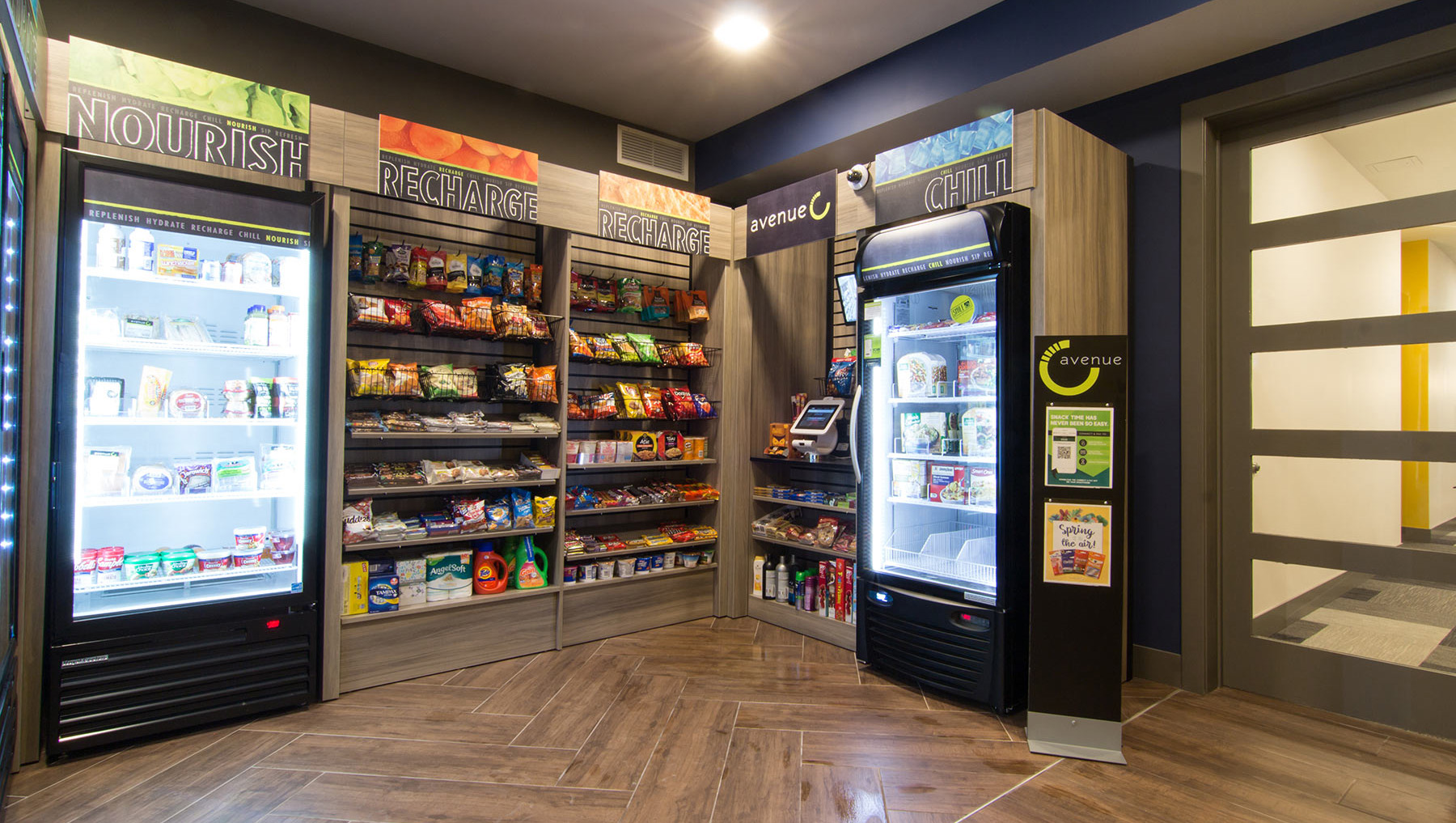Designing Multifamily for Millennials and Gen Z
Aug 11, 2020
The defining line between Millennials and Generation Z is blurring quickly now that Gen Z has entered the renter pool. Gen Z takes a more thoughtful, socially aware approach to their lifestyle compared to their predecessors. Figuring out how to attract both groups is easy but the execution is everything. They want similar things—but in bigger helpings. So when designing apartment properties, keep in mind that they look for a sense of community with other residents as well as features that will enable them to have a convenient lifestyle.
Outdoor areas, co-working spaces, fitness classes, gaming, community kitchens and other amenities where they can meet their neighbors and have social interaction grab their attention when shopping for a place to live. Millennials grew into technology, but Gen Z has never known life without it and they require it to work smarter not harder.

Gen Z will expect upgraded unit features such as solid surface countertops, custom organized closets, energy-efficient appliances and smart home technology. “It’s the details that make a space really impactful,” according to Melissa Guster, Project Manager, HPA Design Group. ”Our clients know these features are preferred—almost required—so we make sure to incorporate them into our designs.”
With the recent pandemic, home ownership still remains out of reach for some, driving a hybrid of generations to multifamily. Millennials are settling down and having families, so the offering of additional bedrooms is important. Gen Z is looking for studios and one bedrooms. “Both generations are willing to give up a little square footage in exchange for better amenities and features. We keep unit plans open and flexible, so tenants have the option to utilize different furniture layouts that can accommodate their individual needs,” says Guster.
The new (post pandemic) normal will continue to see more renters working from home, so additional square footage will need to be devoted to co-working in multifamily communities. When programming for amenities we strive to include a variety of spaces for residents to work, one that include flexibility, with modular furniture, as well as options for privacy such as smaller rooms for 1-3 people. Other post pandemic elements will be additional signage to decrease foot traffic, touchless fixtures, hands-free door pulls and anti-microbial surfaces.

Retail offerings & Micro-Markets—always a great sell for multifamily communities. Wellness, too, is top of mind for Millennials and even more so for Gen Z which believes that work-life balance can positively impact mental health. Pet friendly amenities continue to remain valuable to renter retention, with beautifully landscaped spaces, pet spas and even access to pet-sitting/dog walking services.
We have direct interaction and influence with the trends that are making waves in the multifamily industry. Guster notes, “We always research nearby competitors to ensure our clients understand the comps and their offerings. This allows our amenity programs to be thoughtful, intentional and most importantly, drive rent revenue in favor of our developer.” With Gen Z and Millennials influencing apartment trends, it’s important to partner with a design firm that can anticipate their wants and needs and right now, prospects may find it nearly impossible to resist the above features and amenities when deciding where to live.

